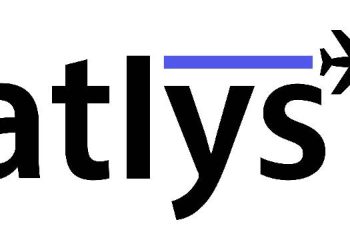New Delhi: According to the latest GIIA-Ipsos Study 2021 which looks at the state of infrastructure by countries and with key areas of focus, has at least 57% of Urban Indians satisfied with their quality of infrastructure, while only 39% of global citizens seemed satisfied with theirs. Infrastructure primarily included road, rail, air networks, and utilities such as energy and water and broadband, and other communication. The markets most satisfied included China (77%), Saudi Arabia (75%), Netherlands (74%). Interestingly, India was placed 4th in the pecking order.
“The survey is urban-centric and hence, reflects on the quality of India’s urban infrastructure. Rural India on the contrary is comparatively nowhere close in its connectivity and amenities,” says Amit Adarkar, CEO, Ipsos India.
Infrastructure needs unmet; can boost economy & create jobs
The survey further shows that at least 6 in 10 urban Indians (62%) believe, not enough is being done to address infrastructure needs. In fact, 58% global citizens too echo similar views. Nations agreeing most were: South Africa (79%), Brazil (75%), and Peru (72). And the nations agreeing least included, South Korea (28%), Japan (29%), Netherlands (32%) and Saudi Arabia (35%).
Why this strong endorsement for infrastructure development?
77% urban Indians and 3 in 4 global citizens (75%) believe investment in infrastructure can boost the economy and lead to job creation. And countries believing the most in this dictum were: South Africa (90%), Peru (88%), and China (87%).
“For a market like India, the next big leap will be to increase connectivity between urban centers and rural areas, providing a fillip to good infrastructure in terms of metaled roads, rail connectivity etc., increasing accessibility for marketers to tap into the rural markets, which will boost the economy and create new jobs in tier 3 and rural centers. Urban markets tend to get saturated after all,” said Amit Adarkar, CEO, Ipsos India.
What areas of infrastructure to invest in?
Global citizens(including urban Indians) have enlisted the areas in pecking order: water supply & sewerage (42%), solar energy infrastructure (39%), flood defenses (36%), new housing supply (34%), pavement, footpath and pedestrian areas (33%), local road network (32%), digital infrastructure like high-speed broadband (32%), wind energy (31%), motorway/ major road network (30%), cycle route facilities (25%), electric vehicle charging infrastructure (24%), nuclear infrastructure to generate energy (11%) and airports (11%).
Further, global citizens (including urban Indians) want more focus on Social Infrastructure (schools, hospital buildings & housing) vis-à-vis Economic Infrastructure (road, rail, and air network).
Additionally, global citizens want restoration and repair of existing infrastructure, instead of expanding on new ventures. And the impact of new infrastructure on the environment should always be evaluated and not so much on the impact on the economy believe most global citizens.
The ranking of priorities was specified as environment, quality, investment, resilience, ownership, legacy, and disruption.

















